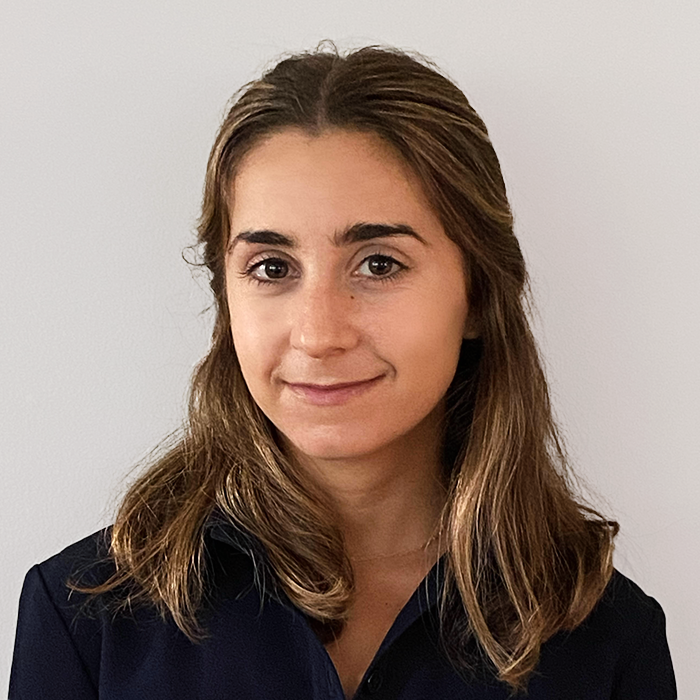Three necessities for managing in a hybrid world
Find out how to make your workplace more equitable and inclusive.

Many employees are refusing to return to in-person work and looking for jobs that offer flexibility, specifically jobs with remote positions.

of individuals working from home have communicated that they want to continue working remotely even after the pandemic
Source: Pew Research Center
Many companies are embracing their workers’ input and adopting new policies that are more responsive to their employees’ evolving needs.
Leading companies such as Twitter, Facebook, Dropbox and Spotify are offering full-time remote work options to eligible staff, while Microsoft and PayPal are in the process of developing hybrid structures with both in-person and remote components. This past month we have seen Amazon announce the launch of its ‘returnship program’ an extremely flexible 16-week, paid and benefit-eligible virtual position specifically aimed at BIPOC communities—black, indigenous, and other people of color. We are continuing to see high-profile companies adopt remote work programs in an effort to make the post-pandemic transition to normalcy as safe and seamless as possible. It is simple: remote work is here to stay.
How is remote work relevant to inclusion?
The physical workplace brings its own myriad of dynamics— many that are inequitably challenging to navigate. Remote work can provide an additional layer of safety to people who encounter systemic barriers in the office.
For example, many parents report that remote work enables them to better manage their professional and childcare responsibilities. According to a survey conducted by FlexJobs, “in a post-pandemic world, 61% of parents say they want to work remotely full-time, while 37% prefer a hybrid work arrangement. Additionally, 62% say they would quit their current job if they can’t continue remote work.”
Expanding remote work programs is also an effective way to support BIPOC employees because it can minimize the burden of code-switching and increase psychological safety, if executed equitably. Due to historical exclusion and underrepresentation in the physical workplace, some BIPOC individuals feel as though they need to adapt their behavior to the dominant culture in order to be accepted by their white coworkers. Many workers are acknowledging the reality of code-switching and offering effective ways to combat this behavior and create a more mindful, welcoming work environment.
Code-switching
Adjusting one’s style of speech or behavior in order to fit into a particular social setting.
Can we at least take the time to recognize how essential the option is to WFH for people with disabilities? Before abled people needed the option, people with disabilities were frequently told it wasn’t a realistic accommodation.
— Lauryn Ipsum (@LaurynIpsum) October 24, 2020
Glassdoor also explains that remote work empowers diversity by creating a space that is more mindful of those with disabilities. Although remote work policies are largely at an employer’s discretion and have been met with varying levels of enthusiasm, equitable remote work policies ensure your workplace is accessible and supportive to people who need more flexibility. For many workers with disabilities, “the home environment may provide them with access to much-needed medications, assistance apparatuses, emotional support animals and much more.” Remote work translates to shorter commutes, greater flexibility, and improved productivity (especially for those with Attention-deficit/hyperactivity disorders that may find communal office spaces distracting).
“Working from home makes some things way easier. It allows me to be employed in a situation where my disabilities would otherwise be a massive barrier. Traveling alone is dangerous for me with uncontrolled seizures and with the heat and stress of trains being a trigger. I’m grateful for the ability to work full time but not have my condition aggravated by logistics!” ![]() Ruthy Websdale, Blogger
Ruthy Websdale, Blogger
Although expanding remote work programs will not erase all of these deeply entrenched, problematic practices and unsettling realities, it will afford all workers the opportunity to perform their job in a safe, controlled space.
So, what are the next steps?
Flexibility will be the key to the success for organizations as they return to the office and adjust to post-pandemic life. As teleconferencing and remote technology continue to evolve, remote teams will continue growing and thriving. Increased flexibility and a more controlled environment can foster deeper psychological safety for a diverse workforce. Acknowledging that not all teams can go fully remote and that some people are better served by a physical workspace, a hybrid model might best meet everyone’s needs.
Here are some tips to promote inclusion in a hybrid workplace:
1. Provide equitable access and resources: Communicate with your team members and make sure everyone has access to all necessary resources and tools to succeed.
Etsy CEO, Josh Silverman shares: “With our hybrid model, our goal is to make sure that Etsy’s culture is grounded in inclusive working practices and norms. We’re committed to ensuring that all employees— regardless of remote status or location—have a consistent Etsy experience by investing in innovative technology and implementing new collaboration tools.
We will be training managers on how to run remote and distributed teams, with a focus on effective collaboration and bringing out the best in our people in a blended work environment. Say, for instance, half of a team is huddled in our global headquarters in Brooklyn and the other half is dispersed around the world remotely, they’ll have the tools to work together seamlessly—as if they were all in the same meeting room together.”
2. Make everyone feel seen: We may not all have the power or sway to completely transform existing remote work policies— not all jobs are suitable for remote work— and effect dramatic internal changes, but there are definitely things we can do in the meantime to make our remote colleagues feel included and valued. It’s up to everyone.
Hack
Take 5 minutes at the beginning of team meetings to share personal updates with your colleagues. This is an easy and excellent way to build rapport and promote connectedness.
After all, according to a recent Forbes article, “researchers believe HQCs [High-Quality Connections] lead to higher performance because high-quality relationships and the resulting psychological safety allow for greater learning in organizations and may contribute to innovation.”
3. It’s not just about who is in the room: Without care and proper policy, hybrid offices can perpetuate inequity by unconsciously favoring people in the office. Proximity bias is powerful. Some companies are countering this implicit bias by distributing leadership to represent both in-person and remote workers. Having a hybrid leadership team will help promote connectedness and dismantle any existing barriers between in-person and remote staff.
CEO and Winnie Co-founder, Sara Mauskopf shares, “Our leadership team is distributed, so that helps ensure we don’t have an implicit bias for people who are in the office. We now view our office as an optional collaboration space and make sure that any team or company-wide meetings are video calls so that everyone is on equal footing.” ![]()






